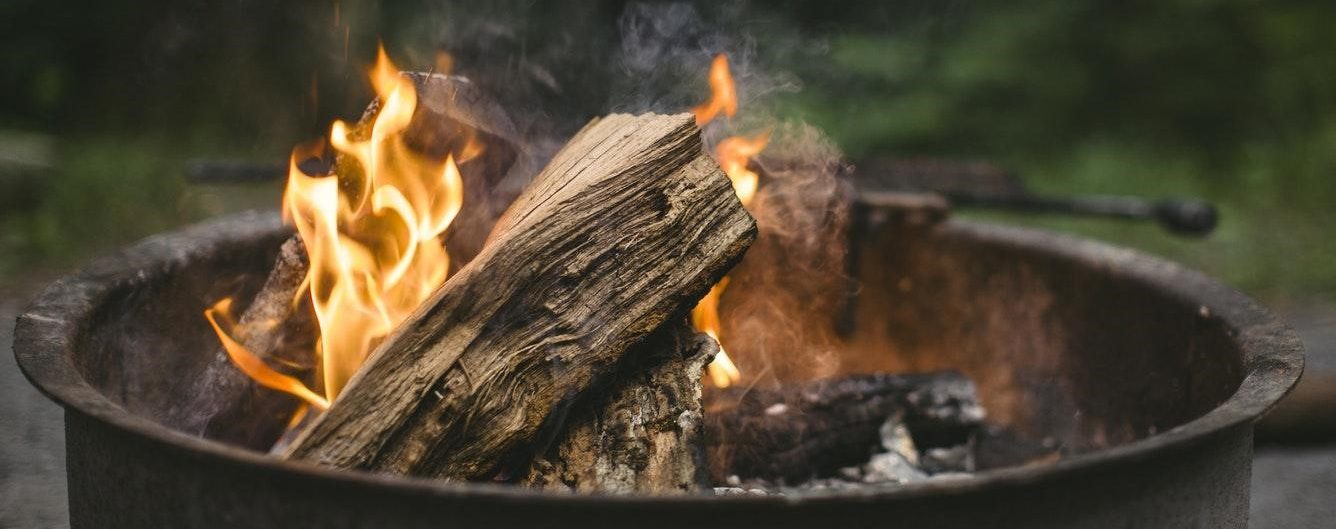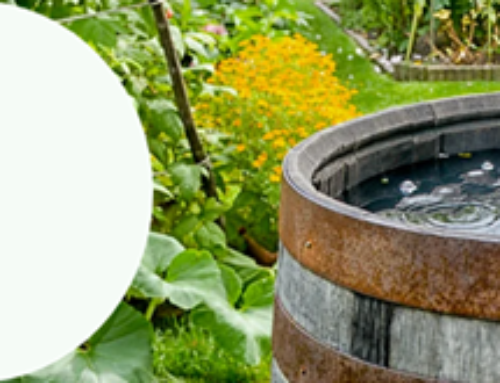As the climate changes and global temperatures continue to rise, the wildfire season in the United States grows longer. These wildfires are burning hotter, consuming more acres of land, and leaving paths of destruction unlike ever before. Often started by something as small as a spark, wildfires can consume and destroy miles of landscape as well as shift the balance of vital ecosystems. As wildfires continue to grow more and more destructive, we are forced to plan and strategize methods to prevent and contain them.
How does a wildfire start?
In order for a wildfire to ignite, three elements are crucial: oxygen, fuel, and heat. These three elements are often referred to as the fire triangle. Wildfires are either started naturally, or due to human carelessness When drought conditions peak, natural causes like a strike of lightning or heat from the sun can start a wildfire. Although you might think that naturally occurring wildfires are more prominent, 84% of wildfires are due to human negligence. Unattended campfires, discarded cigarette butts, and improper burning of debris may all contribute to the creation of wildfires. Wildfires due to human error may be more common, but are likely to destroy less than a wildfire started by natural causes. Human made wildfires are often reported immediately and are able to be contained before excessive destruction has occurred.
Wildfires are able to burn through multiple acres of land, eradicate thousands of homes, and shift landscapes. Although we often associate wildfires with it’s destruction on land, we often overlook the impact left on bodies of water.
How do wildfires affect bodies of water?
Wildfires can have immediate and long term effects on rivers, lakes, and streams. After burning vegetation, the ground’s soil becomes hydrophobic and is unable to absorb any water. This creates what is known as stormwater runoff.
Stormwater runoff is rainflow that travels over the surface of the ground. Typically, stormwater runoff is created when rain falls on roads, parking lots, or other paved surfaces that do not allow the absorption of water. This water allows the transportation of harmful chemicals, various pollutants, and other damaging materials into streams, rivers, and large bodies of water. Homes destroyed in a fire risk the possibility of exposing dangerous materials like asbestos, and lead paint. Ultimately, these materials can be detrimental to our health and environment. They have the potential to upset the balance of water ecosystems, containment drinking water, and pollute essential nutrients and healthy resources.
After the destruction of vegetation, post-fire flash floods become a threat. These floods introduce heavy metals from ash and soil into waterways. They destroy underwater vegetation and force marine life to relocate. Flash flooding may also destroy buildings and bridges, unearth trees, and lead to dam failures.
Without trees, vegetation, and a stable soil structure; watersheds that supply drinking water become contaminated by ash, debris, and heavy metals. Resources for drinking water take a long time to purify and can be costly for surrounding communities.
What Can We Do?
Most forest fires occur due to human carelessness. It’s important to know when the risk of a wildfire is high and how to proceed with the necessary precautions and safety measures. Never leave a fire unattended and make sure to completely extinguish the flames and coals before leaving. If you are hosting a bonfire with friends keep water, a shovel, and fire retardent nearby to prevent the chance of an untamed fire. If you do see a fire left unattended or out-of-control, alert your local fire department and authorities immediately. Be mindful of where you discard your cigarettes as well as other materials that may be combustible. If you live in an area that is susceptible to wildfires, know your evacuation plan ahead of time and have an emergency kit prepared.
Before hosting a fire, check with your state on burn ban policies. A fire hosted during extremely dry conditions or in certain locations of your state, might be illegal. These bans are placed in effect to eliminate the chances of a fire spreading out-of-control. For some states, the EPA (Environmental Protection Agency) has banned fires from being held on lands that host reservations. This is to eliminate pollution and to ultimately preserve wildlife and nature.
If a wildfire does occur in your area, join your community in the cleanup process. In the aftermath of a wildfire, there is a lot to be done. Learn how you can contribute safely to restoring your community and preventing future forest fires.
Most wildfires can be prevented, unlike many other natural disasters. The damage created from a fire can have an environmental and economical cost that lasts for years to come. We can help to reduce the threats associated with these devastating tragedies by using caution, taking preventive measures, and monitoring fires responsibly.
Ryan Maxson is a writer and communications specialist for the Mesothelioma and Asbestos Awareness Center. His main goal is to raise awareness about the dangers and lasting impact of asbestos exposure. Ryan has a degree in communication and enjoys hiking, photography, and writing.







